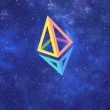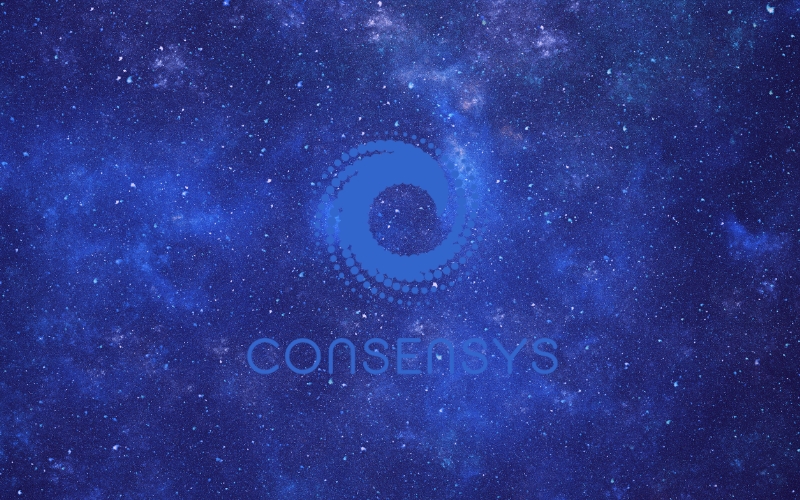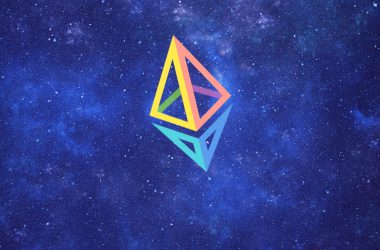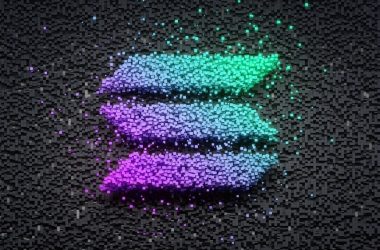- ConsenSys launched Linea in open testnet for Ethereum Web3 developers.
- ConsenSys already supports a developer portal and tools to use Infura’s full node.
- Linea is a new L2 solution compatible with EVM and offering confidential transactions.
ConsenSys, one of the leading blockchain connectivity providers, branded a new tool for scalable Web3 apps. The new building environment is directly targeted to Web3 teams, and answers the challenge of speed in blockchain-connecting apps.
ConsenSys branded its zero-knowledge protocol Linea, bringing a new Layer 2 solution compatible with the Ethereum Virtual Machine.
Also known as a ZK-rollup, Linea can wrap transactions and only use one block to generate a record through Ethereum. This is a major gas-saving mechanism for Web3, while also offering potential confidentiality.
Linea has been in the works since Q4, 2022, and offered a limited private testnet version in January. Now, Linea is available on testnet, while awaiting release to build a new generation of Ethereum-based apps.
Linea aims to be composable and easy even for beginner developers. The L2 solution is compatible with MetaMask, and usable for games, NFT, DeFi and other Web3 use cases. Currently, developers can only work with testnet tokens and are still waiting for the release of the new ConsenSys brand.
Linea and ConsenSys Targed Solidity Developers
The appearance of Linea is a more rare occurrence, as most of the large-scale L1 and L2 are mostly settled. But the appearance of a new blockchain hub shows additional Web3 growth. Linea is currently in a period of active social media promotion to build up its community.
ConsenSys also offers a dedicated developer portal, with resources to generate transactions, build smart contracts or launch entire apps. ConsenSys relies on Infura, the go-to full node operator with data on the entire Ethereum blockchain.
Compared to other environments, ConsenSys and Linea are relatively more complex to use, and are tailored to Solidity developers. ConsenSys usage also may involve setting up an Ethereum node to enable the app, an older approach compared to more current RPC technology with no need for nodes.
Ethereum 2.0 remains one of the biggest networks still supporting legacy and new games and apps. Building on Ethereum also grants easier access to decentralized trading and liquidity.










